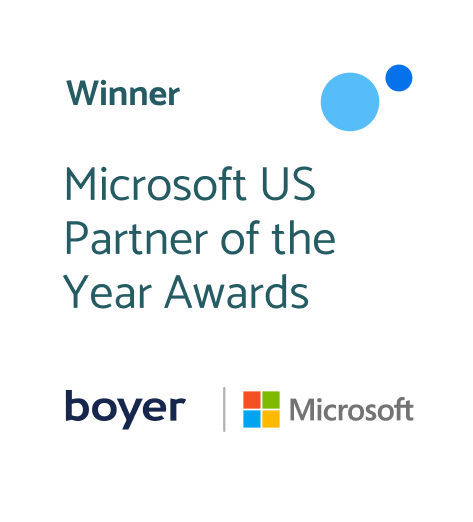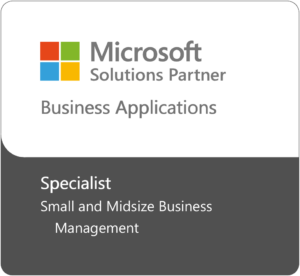
Injured in a remote area of South America and 26 days away from the nearest doctor, Stan Brock returned home with a vision to help others worldwide access medical care.
That was 40 years ago. Today, Remote Area Medical (RAM) has shifted focus to meet the significant needs specifically in the U.S., opening its mobile pop-up clinics to anyone who walks in the door. To date the Tennessee-based nonprofit has connected nearly 1 million underserved and uninsured people with free dental, vision and medical care.
Connecting people and connecting systems
While RAM has always excelled in its mission of connecting people to needed medical care, the organization’s internal systems suffered their own disconnected fate. The nonprofit relied on multiple systems, with each department responsible for its own technology.
“All these different teams had controlled their own systems without any oversight … None of these systems — and I mean none of them — talked to each other,” said Eric Hickman, IT Manager.
He joined the organization two years ago as their first true IT person and immediately set to work evaluating the systems. He said they were so siloed that moving information between systems was a laborious manual task that slowed down processes and added extra unecesssary effort.
This made reporting in particular a cumbersome task. It took Hickman very little to convince leadership that the organization needed to integrate their internal systems.
Winning with the Microsoft ecosystem
RAM spent several months working with a leading technology partner and eventually settled on a blueprint that relied on the Microsoft ecosystem. The seamless integration between solutions and the deep discounts Microsoft provides to nonprofits were huge selling points.
However, the partner couldn’t deliver within the required timeframe so they instead introduced the nonprofit to Boyer. Boyer’s focus on Microsoft solutions and its ability to be more agile allowed them to complete the project faster.
RAM replaced Salesforce (donor management) with Dynamics 365 Sales and Dynamics 365 Customer Insights — Journeys in the summer of 2024. They’re currently finishing up a second project to replace Sage Intacct with Dynamics 365 Business Central for accounting.
This unified platform now enables seamless data flow and real-time insights across departments.
“At the base of all of it is the connection between CRM and BC that we now have. All that data flows … all the way through. It’s a lot less work for a lot of people,” Hickman said.
Building a lasting partnership
RAM’s goal was to go live on their new CRM before their costly Salesforce renewal was up, a deadline Boyer was able to meet. By switching to Microsoft, Hickman estimates they will potentially save up to 60% on their annual licensing costs. Great project management led to a successful CRM implementation.
The ERP rollout faced early missteps that are now requiring the implementation team to revise some of its earlier work after go-live. While frustrating, Boyer’s accountability and proactive support have reinforced RAM’s trust in the partnership.
“Boyer has stepped up and said we shouldn’t have done it this way and they’re taking care of it,” Hickman said. “That’s how you build a partnership.”
He’s pleased with the Minneapolis-based partner’s continued dedication to his organization’s long-term success.
Overall, Hickman said the Microsoft ecosystem and partnership with Boyer gives the nonprofit confidence that they can scale in the future as needed.
“We never know when that next opportunity is going to come and we need to ramp up … That’s one of the strengths of the Microsoft environment is that it allows us to do that,” he said.
With scalable tools and a trusted partner, RAM is poised to expand its impact — wherever the next need arises.









